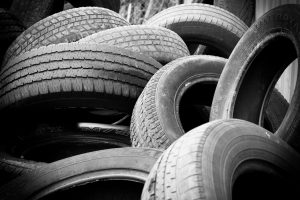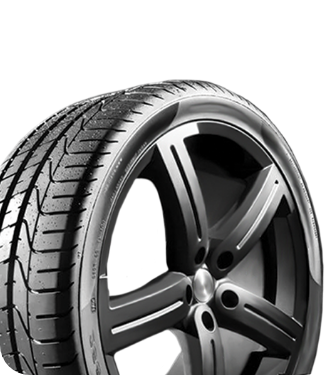

The Connection Between Tire Size and Fuel Efficiency
Tires |Many aspects of a car affect its fuel economy—from performance to aerodynamics and the driver’s habits. The vehicle’s tire size also significantly affects fuel efficiency. Learn more about tire size, tread, and inflation and how it connects to your car’s fuel economy.
Tire Size and Fuel Economy
Tire size plays a prominent role in a car’s fuel economy. Drivers must understand rolling resistance to understand the connection between tire size and fuel efficiency. Rolling resistance refers to the energy a vehicle uses to make the tires roll over the ground.
Tire size significantly impacts rolling resistance. The larger and heavier a tire, the greater its rolling resistance. The vehicle uses more energy to move, which can lower the fuel economy. This is especially true in stop-and-go traffic.
Tire Tread and Fuel Economy
The tread on your vehicle’s tires also significantly affects the fuel economy. Tire tread accounts for roughly half of the tire’s rolling resistance, as the tread touches the road and provides grip. The deeper and thicker the tread on the tire, the more traction it offers.
The downside of increased traction on the road is that the car must work harder to move, reducing fuel efficiency. Shallow tread designs are more fuel efficient but don’t offer the same traction, so drivers have to consider the tradeoff and what’s safest for their vehicle when choosing tires.
Tire Inflation and Fuel Economy
You can maximize fuel economy by keeping your vehicle’s tires inflated within the manufacturer’s recommendations. Well-inflated tires have an ideal contact patch geometry, which means the best angle of the tire contacts the road for efficiency and traction.
Underinflated tires bulge, which puts more rubber on the road and provides more traction. As we discussed, more traction means less fuel efficiency. Overinflated tires don’t affect fuel economy as much, but they wear down faster. If your vehicle doesn’t have a tire pressure monitoring system (TPMS) to alert you when tires are over or underinflated, you should check them manually with a PSI gauge to ensure they’re within the recommended PSI range.
Where To Get New Tires
If your vehicle could benefit from fuel-efficient tires, RNR Tire Express is here to help! Find fuel-efficient tires in Corpus Christi and many of our other locations across Texas and the country. Browse our inventory online, or ask our expert staff to recommend the ideal tires for your car.





